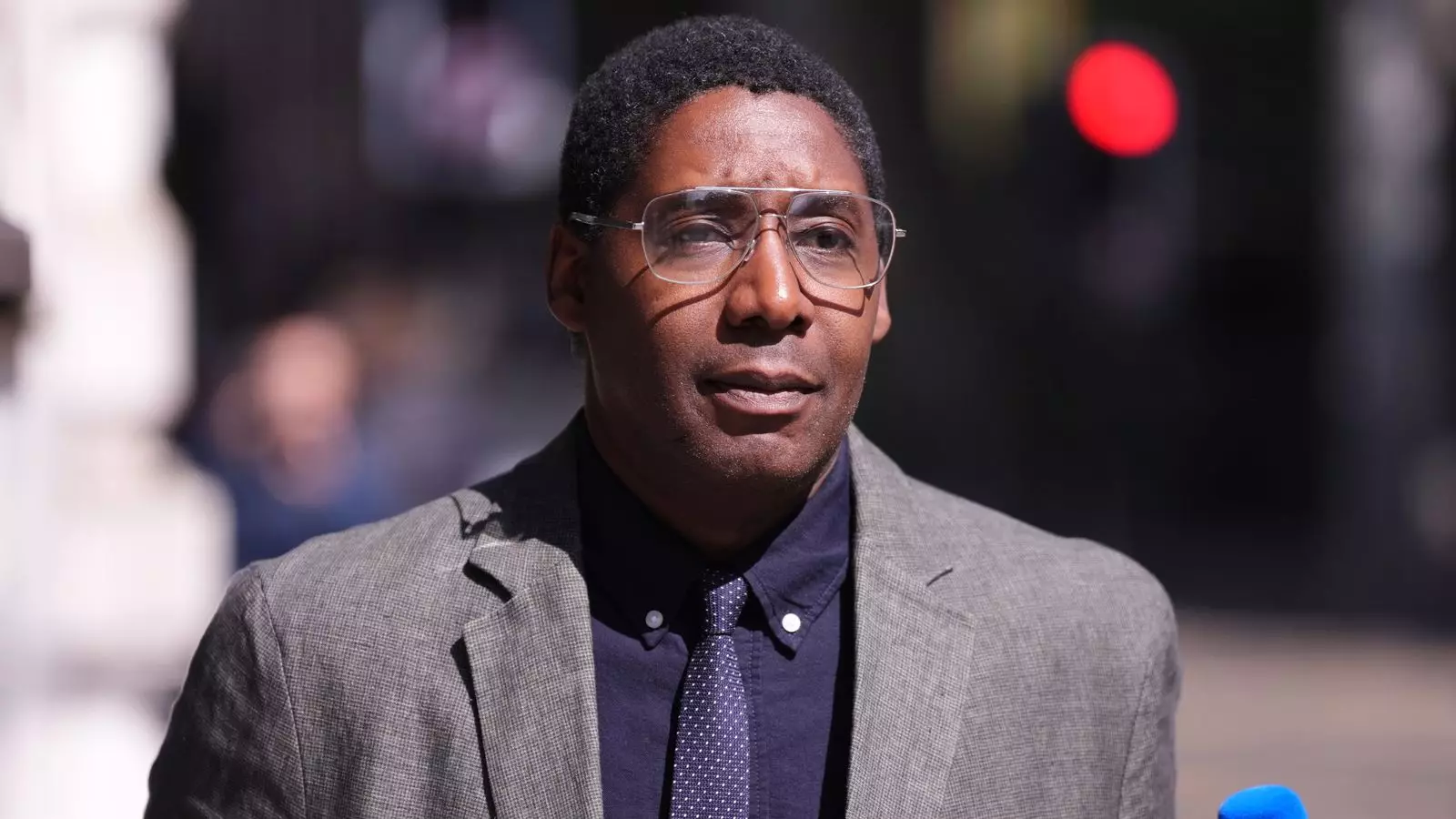In a disheartening turn of events, Oghenochuko Ojiri, a notable figure on the UK television show Bargain Hunt, has found himself imprisoned for two and a half years. This sentence is not merely an indictment of his actions but a grim reminder of the responsibilities carried by those in the art world. Ojiri’s failure to disclose sales of significant artworks to Nazem Ahmad, a man linked to financing Hezbollah, reflects a troubling intersection of commerce and ethics that warrants deep scrutiny. The implications of his actions not only damage his reputation but also tarnish the broader art and antiques community.
The Fine Line Between Business and Morality
Ojiri’s case highlights a critical issue: the precarious balance between financial success and ethical practice. Prosecutors revealed that Ojiri sold artworks worth approximately £140,000 over 14 months, all while knowing that Ahmad was a sanctioned individual with ties to terrorism. His conduct begs an essential question: how can an art dealer, celebrated for his talent and charisma, overlook such significant moral implications for the sake of profit? It’s not merely a lapse in judgment; it embodies a troubling willingness to prioritize financial gain over national security concerns. The old adage “money talks” often rings especially true within art markets, which can easily become insidious enablers of nefarious activities.
The Role of Sanctions and Compliance
The actions of Oghenochuko Ojiri give us an opportunity to reflect on the importance of compliance within the art industry. With tools like the Terrorism Act of 2000 designed to prevent the financing of terrorism, one might expect dealers like Ojiri to be acutely aware of their legal obligations. The court proceedings noted that Ojiri even communicated concern about selling directly to Ahmad post-sanctions but failed to act accordingly. This oversight showcases a troubling narrative—knowing but choosing to ignore. The art world demands rigorous due diligence; otherwise, it risks being manipulated by criminals whose wealth can obscure their darker agendas.
Impact on Cultural Perception
Ojiri’s crime goes beyond financial misconduct; it reflects a profound betrayal of trust within the communities that celebrate the arts, especially among ethnic minorities whom he was thought to represent. The judge’s remarks about his status as a role model underline the greater cultural impact of his actions. As public figures, artists and dealers are often seen as custodians of cultural artifacts and history. When someone in this position acts irresponsibly, it not only jeopardizes their integrity but can also cast a shadow on the entire community they represent. His fall from grace serves as a cautionary tale.
The Bigger Picture: Art as a Double-Edged Sword
Art is often viewed through a lens of beauty and creativity, but the reality can be far more complex. The case involving Ojiri and Ahmad demonstrates that the art market can serve as a front for illegal activities, with its intricate networks and high-value transactions. When profits are prioritized over ethical standards, the art world risks becoming a playground for individuals with ulterior motives. It’s crucial for stakeholders in the community—artists, dealers, and collectors alike—to be vigilant about whom they engage with and the potential implications of those relationships.
While Ojiri now faces the consequences of his actions, the onus is on the entire art community to recalibrate its ethical compass. The case serves as a stark reminder of the accountability inherent in dealing with valuable, culturally significant items. It is imperative that those in the art world commit themselves to transparency and ethical responsibility, ensuring that their platforms do not inadvertently support criminals or terrorists. In an era where the lines between art, commerce, and morality can blur, the industry must remain steadfast in its determination to navigate these complexities with integrity. It is time for art to be differentiated from crime—before it’s too late.


Leave a Reply